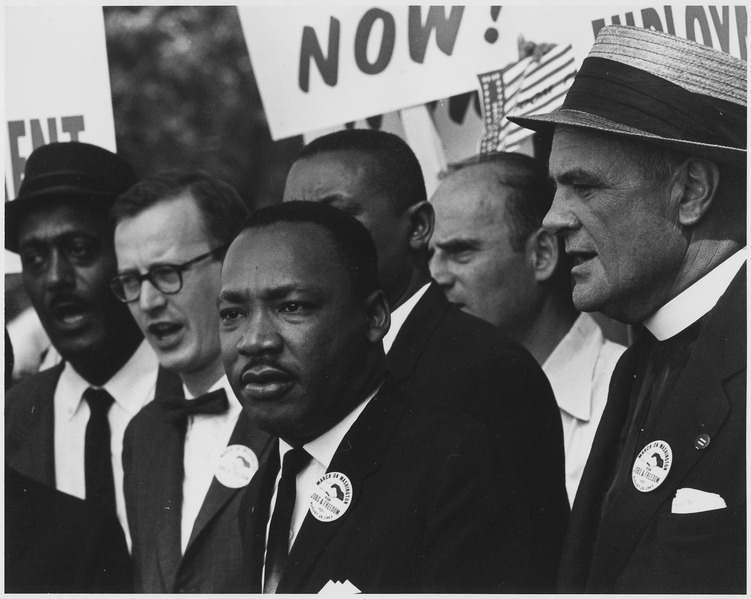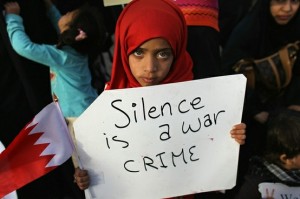Inspiration to Help Others.
Yesterday our nation celebrated a man who’s most pertinent question while fighting oppression was, “What are you doing to help others?” I think that was directed to himself and to each of us. The refrain still lingers in the air when I see his photo and when I look at the children suffering here and abroad… It makes me wonder, just what are you doing?
I write, I speak, I persuade (sometimes), I give, I hope, I teach. Is that enough? For now it must be. I think the most important gifts we can give this up-and-coming generation is knowledge, courage, and a willingness to do the right thing in the face of adversity.
Books to Realize Their Social and Environmental Potential.
I love books and I often use them to learn and teach about something difficult as a means to begin the conversation with my children, my sweet little ones who someday must be strong, especially when others cannot. I hope that the more often we read about inspirational men, women, children, then they will know they are also inspirational. When we read about actions taken to protect and honor the world, then they too will take action. When we read about the wrongs that have been made right, they will spend their lives righting wrongs. One step at a time.
Top Ten (OK, Eleven) Children’s Books to Learn Social Justice.
- One Love – From the spirit of Bob Marley, this book adapted by his daughter, brings the love, joy, and movement of, ‘One love, one heart, let’s get together and feel all right!’ age: Preschool
- My Brother Martin: A Sister Remembers Growing Up with the REV. Dr. Martin Luther King JR – Such a moving story of a child who played childish games and told jokes. He also experienced segregation bitterly and became such an inspirational figure, but once he was just a child – like you. age: 4 & up
- Freedom Song: The Story of Henry “Box” Brown – The story of an ingenious escape from slavery using the music, family, and a dream of freedom that kept him going all his life. age: 4 & up
- Let Freedom Sing – Featuring Rosa Parks, Martin Luther King Jr., the Little Rock Nine, the Greensboro Four, and Ruby Bridges all to the tune of “This Little Light of Mine,” this book shines its light on some important figures and events in the Civil Rights Movement. age: 4 & up
- Blowin’ in the Wind [With CD (Audio)] – A wonderfully illustrated look at Bob Dylan’s classic song. There are many roads a person can take, but which one will he? The answer, my friend, is blowin’ in the wind. age: 5 & up
- The Listeners (Tales of Young Americans) – Ella May gives us the story of what it might be like to live on a slave plantation. The children would listen at the master’s house, listen to see about their fates and those of their loved ones. The author has the perfect balance between giving enough information about slave life and the too harsh brutalities that kids wouldn’t be ready for. age: 6 & up
- Harvesting Hope: The Story of Cesar Chavez – Cesar Chavez is another important Civil Rights leader. He too started as just a child who saw injustice before him at seemingly every turn. But when he followed the path of a 340-mile peaceful protest march through California, he ignited a cause and improved the lives of thousands of migrant farmworkers. age: 6 & up
- Friend on Freedom River – A young boy left to tend the farm in his father’s absence had the courage to help a slave family on their travel on the Underground Railroad, ferrying them over the icy and dangerous Detroit River. age: 6 & up
- Let Them Play – The true story of The Cannon Street YMCA All-Stars, an all-black team, in 1955. All these boys wanted in the world was to be able to make it to the state’s annual Little League Tournament. No other team would play them, many withdrawing from the league because of the color of their skin. “Let Them Play” takes its name from the chant shouted by the spectators who attended the World Series final, where they were not allowed to participate. age: 7 & up
- The Kid’s Guide to Social Action: How to Solve the Social Problems You Choose-And Turn Creative Thinking Into Positive Action (Dream It! Do It!) – this award-winning guide includes everything kids need to make a difference in the world. This gives kids the ability to feel empowered to take action and changer their lives and the lives of others! age: 10&up
- To Kill a Mockingbird – Harper Lee’s classic story about the race and class issues of the time seen through the eyes of children, 8-year-old Scout Finch, her brother, Jem The children of a lawyer, Atticus, that strived for justice for a black man on trial, but was pushed back by prejudice time and again. “Shoot all the bluejays you want, if you can hit ’em, but remember it’s a sin to kill a mockingbird.” age: 12&up
These books are a gateway to conversation. Kids can draw their own conclusions, but it is so helpful to have a loving parent guide them along. Use them wisely!
All of these books link to a local, independent bookstore that I hope you will patronize (someday in person because Powell’s City of Books is truly something to get lost in). It has remained independent. It values used books and encourages selling your own used books online or in person. If you would prefer to use Amazon, please use my referral link.
Now tell me what else should be on this list?
**Come back for part 2 – “Top Ten Books to Connect Children to Nature.”
{And don’t forget to Click here to take survey to share your thoughts and enter to win a gift card.}



